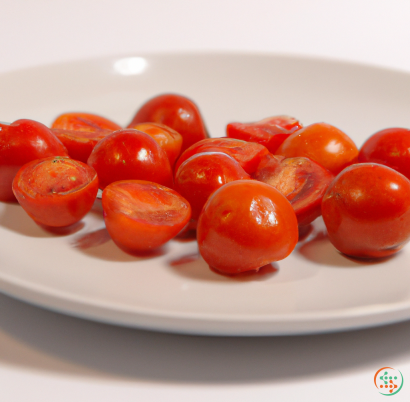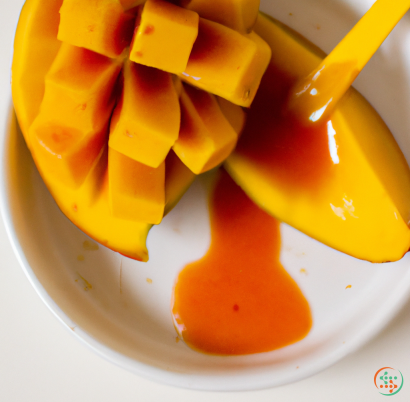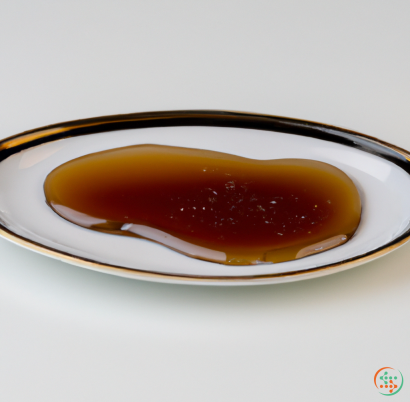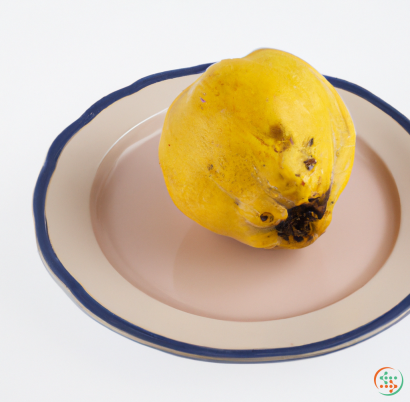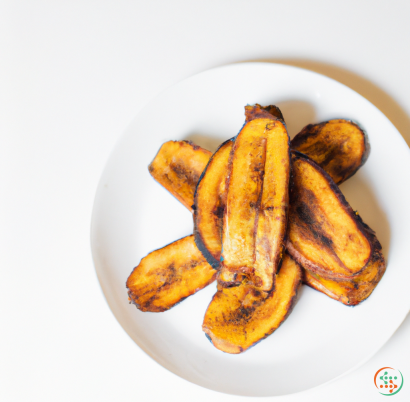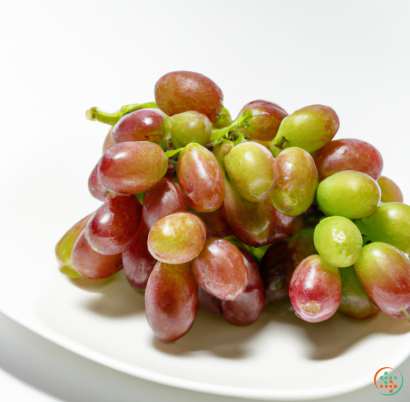Beer
Ah, beer. When it comes to relaxation and enjoyment, few things can compare to a nice, cold pint of beer. Whether it's a crisp lager on a hot day, a warming stout to chase away the winter chill, or a refreshing wheat beer on a lazy afternoon, there's really nothing quite like a beer to brighten up the mood. But what, exactly, is beer? How is it made, and why do we enjoy it so much? Let’s take a look at the life cycle of a beer and explore all its delicious complexities.
It all starts with the grains. Usually barley and wheat, these are the building blocks of beer that provide the base for the other ingredients. They are mashed together and soaked in hot water, allowing the starches and proteins to be lowered, and then dried and packaged up and sent off to brewers all over the world.
Once the grains are in the hands of a brewmaster, the real fun begins. Hops and yeast is added to the milled grains, and the mixture is boiled. The hops help increase the bitterness of the beer and also adds flavor, while the yeast plays an important role in the fermentation process. After the mixture has been boiled and cooled, it is then placed into a fermentation vessel (or fermenter) and left to settle and mature.
During fermentation, the yeast begins to break down the sugars in the grain and converts them into alcohol and carbon dioxide. This process takes approximately two weeks, and it is during this time that the beer develops its distinct flavors and aromas. Once fermentation is complete, the beer is transferred from the fermenter to a conditioning tank where it is allowed to mature for up to two more weeks.
After this period of maturation, the beer is ready for packaging and distribution. From kegs to cans to bottles, beer can now be found in just about any packaging you can imagine. It is important to note, however, that the different types of packaging don't just play a role in how we consume beer. It also affects the beer's shelf-life and taste. Cans and plastic bottles, for example, offer a better seal than traditional glass bottles and can better preserve the freshness of beer.
Regardless of the packaging, when beer is properly stored and served, it is at its best. The ideal serving temperature for beer varies widely depending on the type of beer. Generally speaking, lighter-bodied beers, such as lagers and pilsners, should be served lightly chilled at around 48-50 degrees Fahrenheit, while heavier and more flavorful beers, such as ales, stouts, and porters, should be served slightly cooler at 40-48 degrees.
But why do we enjoy beer so much? Well, aside from the obvious answer of its intoxicating effects, there are other elements of beer that make it such a pleasurable beverage. It’s color, for instance, is as varied and diverse as the types of beers brewed around the world; from golden hues to deep amber and browns and even pitch black, it’s truly a feast for the eyes. And its aromas and flavors, ranging from sweet and malty to tart and bitter, are like a complex and beautiful symphony on the palate.
So there you have it, beer 101. Now that you know a little bit more about what goes into crafting the perfect beer, we hope you’ll take the time to savor each sip, enjoy the moment, and elevate your beer-drinking experience. Cheers!
Creating and serving a beer is an art form that requires a deep knowledge of many different processes and steps. From the raw materials to the distinctive taste and color of a beer, the journey from producers to consumers is a long but interesting one. With the ever-growing popularity of craft beer, understanding the process behind its creation and how a beer travels from brewery to dinner plate has never been more important.
The Creation Process
A beer’s journey begins with the raw ingredients – barley, hops, yeast and water – that are used as the foundation for creating the beverage. The recipe for a beer, or beer’s grain-bill, can vary greatly depending on the brewer’s preference, with different types of malt, hops and yeast adding to a beer’s great complexity. The grain-bill will determine the color, aroma, taste and overall mouthfeel of the beer, as different types of malt and hops will contribute specific flavor components and bitterness.
Once the raw ingredients have been collected and weighed according to the brewer’s recipe, the next step is to create what’s known as the “mash”. The mash is created by combining hot water and the malt in a large vessel referred to as the “mash tun”. Allowing the mixture to sit, the heat and acidity begins to break down and release the starches and sugars present in the grain.
The next step is to take the sugary wort (the liquid drawn off during the mashing process) and boil it with hops. Boiling helps to sanitize the wort and also helps to extract flavor and aroma from the hop cones. The water content of the wort is lowered by boiling and concentrating the sugars, and hops are added to give the beer its distinct bitterness and desired finish, with the amount and time of hop additions varying depending on the style of the beer.
Once the boiling process is complete, the now-hopped wort is moved to a fermentation vessel, usually made of steel, where yeast is added to the mixture. Yeast is an essential ingredient in beer, as the microorganism is responsible for converting the sugars present in the wort into alcohol and, in the case of some styles, carbon dioxide. This fermentation process creates a secondary fermentation which allows the beer to develop its distinctive, unique flavors and characteristics.
Once fermentation is complete and the beer has been aged for the desired amount of time, it is then ready for packaging. The freshly brewed beer can be bottled, canned or, in some cases, kegged. Depending on the type of beer, the beer will have been fermented, aged and packaged to the highest standards of quality and flavor, ensuring that the consumer is provided with the freshest product possible.
Delivery and Serving
Once the beer has been packaged and ready for sale, the next step is getting it to the consumer. Beers can be delivered in a variety of ways, including stores, restaurants, bars and pubs. Each location has its own unique set of delivery requirements, such as checking expiration dates and taking temperature into consideration during the transport, that must be met in order to guarantee the quality of the product.
Once the beer has been delivered and presentations begin, the next focus is on the best ways to serve the beer. No matter where beer is served, whether it’s in a bottle, a can or a keg, the method of delivery is key to the full appreciation of the product. In a pub, bar or restaurant setting, beer kegs are the preferred choice, as they are able to maintain consistent temperatures and prevent over-pouring. Beer should always be served at the correct temperature according to the style, with lagers being served at cooler temperatures and ales at warmer temperatures. Additionally, when pouring, the process must be done slowly and expertly as inadequate pouring techniques will produce too much foam and reduce the overall quality of the beer.
Finally, beer should ideally be served in an appropriate glass for the style. By having the correct glassware on hand, not only does it enhance the aesthetic look of the beer, but the shape of the glass can help to maintain the head, or foam, which can release more of the aroma and flavor of the beer.
Conclusion
The complex journey of how beer goes from grain and hops to dinner table can be fascinating, but understanding how intricate and careful the process of creating and serving a beer requires can make it even more enjoyable. From the combination of malt and hops, to fermentation, packaging and delivery, beer goes through several steps requiring skill, precision and care to be appreciated. With an array of styles to choose from, no matter the preference, having an understanding of the journey of a beer from brewery to dinner plate makes the experience of drinking it all the more enjoyable.
| Vitamin B1 | 0.01 mg | |
| Vitamin B2 | 0.03 mg | |
| Vitamin B3 | 0.51 mg | |
| Vitamin B4 | 0.0101 grams | |
| Vitamin B5 | 0.04 mg | |
| Vitamin B6 | 0.05 mg | |
| Vitamin B9 | 0.006 mg | |
| Vitamin B12 | 0.02 ug |
| Calcium | 0.004 grams |
Daily Value 1.3 g
|
| Iron | 0.02 mg |
Daily Value 0.018 g
|
| Magnesium | 0.006 grams |
Daily Value 0.4 g
|
| Phosphorus | 0.014 grams |
Daily Value 1.25 g
|
| Potassium | 0.027 grams |
Daily Value 4.7 g
|
| Sodium | 0.004 grams |
Daily Value 2.3 g
|
| Zinc | 0.01 mg |
Daily Value 0.011 g
|
| Copper | 0.01 mg |
Daily Value 0.9 mg
|
| Manganese | 0.01 mg |
Daily Value 0.0023 g
|
| Selenium | 0.6 ug |
Daily Value 0.055 mg
|
| Fluoride | 0.0442 mg |
Daily Value 0.004 mg
|
| Alanine | 0.012 grams | |
| Aspartic Acid | 0.016 grams | |
| Glutamic Acid | 0.047 grams | |
| Glycine | 0.013 grams | |
| Proline | 0.035 grams |
| Total Sugars | 0 ug |
per 100g
|

